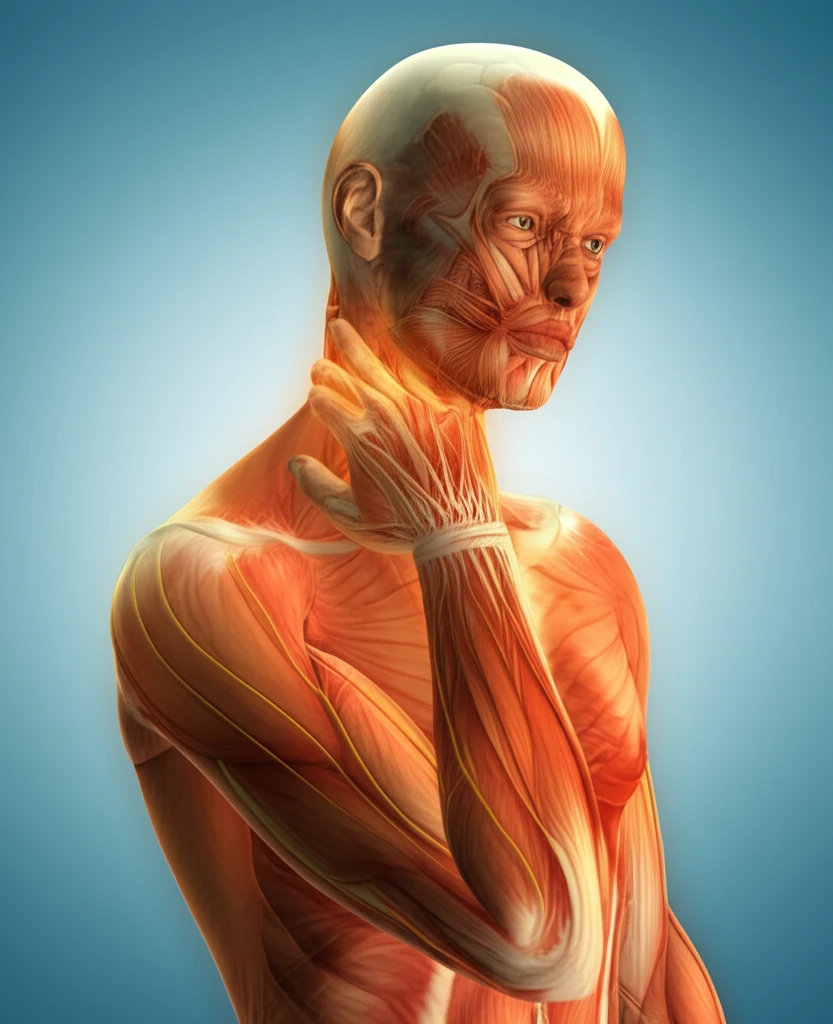
Neck and Arm Pain: Is It Really Your Nerves?
"Unraveling the Mystery of Cervicobrachial Pain and When to Suspect a Nerve Issue"
That sharp pain shooting down your arm, coupled with a stiff neck? It's a scenario all too familiar for many. This combination, known as cervicobrachial pain (CBP), is a common reason people seek help from physiotherapists. The initial assumption is often a nerve issue, but is that always the case?
Cervicobrachial pain, characterized by discomfort extending from the neck into the arm, upper back, and even the chest, can significantly impact daily life. While cervical radiculopathy (nerve root compression) is a common suspect, many individuals experience this pain without any clear nerve deficits. So, what's really going on?
The discomfort could stem from various sources, including dysfunctional spinal discs, facet joint problems, muscular imbalances in the upper quarter, or even inflamed neural tissues. Understanding the true origin of your pain is crucial for effective treatment and lasting relief.
When is Cervicobrachial Pain Actually a Nerve Problem?

Researchers sought to determine how often cervicobrachial pain is truly neurogenic – originating from the nerves themselves. In a study of 361 participants experiencing CBP, aged 20-65 years, a thorough screening process was conducted to identify the underlying cause of their symptoms.
- Pain reproduction during active cervical spine movements (extension, lateral flexion, rotation) and arm movements
- Symptom replication with passive movements mirroring active movements
- Adverse responses to neural tissue provocation tests (median, ulnar, and radial nerves), with symptom alteration during nerve differentiation maneuvers
- Tenderness upon palpation of cervical spine processes (nerve roots) and along the median, ulnar, and radial nerve trunks
- Hyperalgesic (increased sensitivity) of cutaneous tissues (tender points)
- Evidence of related pathology, such as a positive Spurling's test or radiological findings of cervical disc issues or stenosis
Don't Assume: Get the Right Diagnosis for Lasting Relief
If you're experiencing neck and arm pain, don't automatically assume it's a nerve problem. A comprehensive evaluation by a qualified healthcare professional is essential to identify the true source of your symptoms. This ensures you receive the most appropriate and effective treatment plan for long-term relief.
